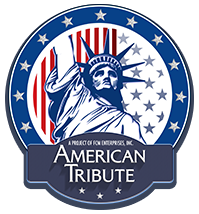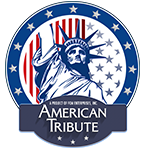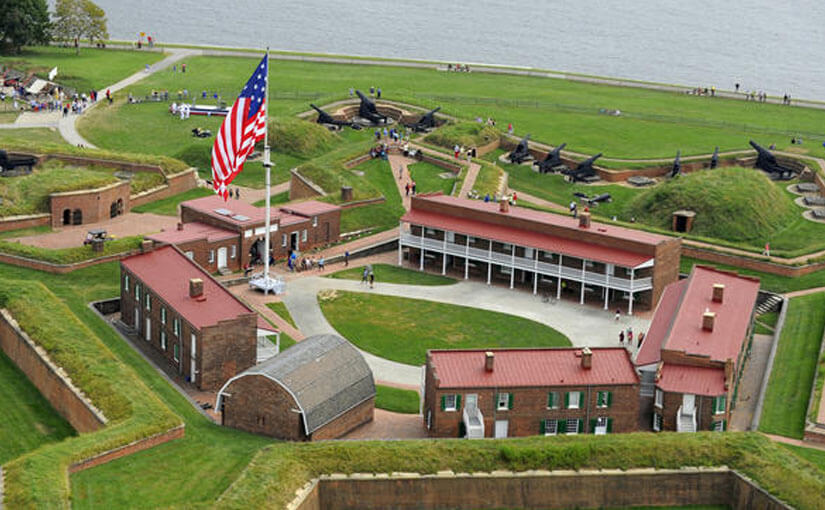- The Star-Spangled Banner
During the War of 1812, British soldiers invaded the United States. On the night of September 13, 1814, British warships bombed Fort McHenry. This fort protected the city of Baltimore, Maryland.
An American named Francis Scott Key watched the bombing and thought that the fort would fall.
As the sun rose the next morning, Key looked toward the fort. He saw that the flag above the fort was still flying. This let him know that the British had not defeated the Americans.
Key immediately wrote the words to a poem he called the “Defence of Fort M’Henry.” The words of the poem became “The Star-Spangled Banner.”
Congress passed a law in 1931 naming “The Star-Spangled Banner” the official national anthem.
Here are the words to the first verse of the national anthem:
The Star-Spangled Banner
Oh, say, can you see, by the dawn’s early light,
What so proudly we hailed at the twilight’s last gleaming?
Whose broad stripes and bright stars, thro’ the perilous fight;
O’er the ramparts we watched, were so gallantly streaming.
And the rockets red glare, the bombs bursting in air,
Gave proof through the night that our flag was still there.
Oh, say, does that star-spangled banner yet wave
O’er the land of the free and the home of the brave?
** As you prepare for U.S. citizenship, Learn About the United States: Quick Civics Lessons will help you study for the civics and English portions of the naturalization interview. There are 100 civics (history and government) questions on the naturalization test.
During your naturalization interview, you will be asked up to 10 questions from the list of 100 questions. You must answer correctly six (6) of the 10 questions to pass the civics test.


